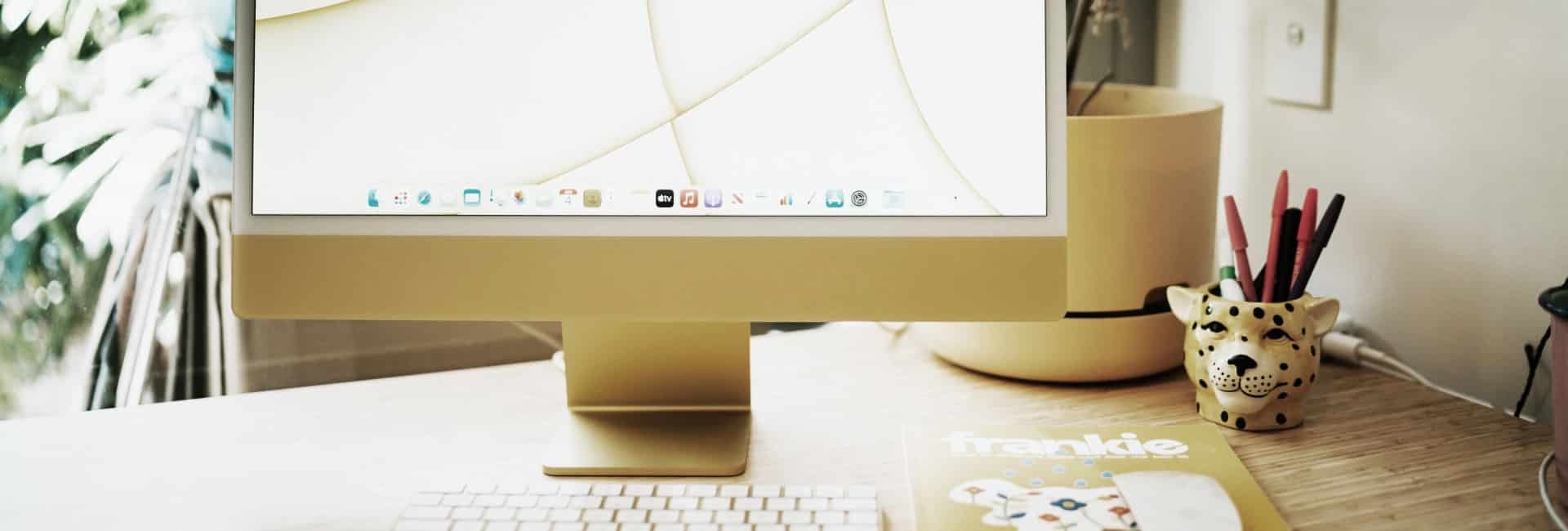
Used under a Creative Commons Licence
The Internet and Social Media
In our always-connected world, creative professionals face both opportunity and risk when sharing their work online. This refreshed version of Copyright and Wrong: The Internet and Social Media (see link here) walks you through practical, legally sound strategies for protecting your digital content—from legal basics to real-world cautionary tales.
Why does it matter?
Imagine you create an original dance video and upload it to TikTok. Overnight, it’s shared thousands of times—remixed, reposted, and rebranded by other users, with no credit to you. While the exposure might feel flattering, it’s also frustrating. Who owns the rights? And can anything be done to stop unauthorised sharing? These are the sorts of questions creatives regularly face in the fast-paced world of social media, where the line between inspiration and infringement often blurs.
Under Australian law, copyright is automatic. The moment you create something original—whether a photograph, a blog post, a video, or a piece of music—you become the copyright owner. You don’t need to file anything or register your work. The Copyright Act 1968 (Cth) grants you exclusive rights to reproduce, adapt, publish, or communicate that work to the public.
But when you post content on platforms like Instagram, X (formerly Twitter), TikTok, or Facebook, you agree to their terms of use. These terms usually include a broad licence giving the platform permission to host, distribute, and sometimes even modify your content. This doesn’t mean you’ve given up your rights. It simply allows the platform to operate. What it doesn’t do is give other users the right to download, copy, or re-edit your work unless you’ve explicitly allowed that—such as through a Creative Commons licence. This is a simple and free legal tool that lets you say, in plain language, “Yes, you can use my work—but only under these conditions.” It’s a way for artists, writers, designers, and other creatives to share their work more freely while still keeping some control.
If its online is it free? What are the boundaries?
It’s a common misconception that anything posted online is “free to use”. Unless clearly stated otherwise, others must ask for permission to use your content. Sharing a meme with your art in it, reposting your reel with edits, or using your music on a different platform—all of these could amount to copyright infringement if done without consent.
Australian law does have exceptions. The doctrine of “fair dealing” permits limited use of copyrighted work for things like criticism, review, research, and parody. But these exceptions are narrow and won’t usually cover everyday social media use, especially if the copying affects the value of your work or misrepresents its origin.
Even if you delete something, it might still exist in screenshots, caches, or archives. That’s why it’s important to be mindful before posting. Once it’s out there, controlling its spread can be difficult, particularly across jurisdictions.
There are practical steps you can take. Adding a watermark or digital signature to your work deters copying. Including metadata with your name and copyright notice—like © Your Name 2025—helps establish your claim. Uploading only low-resolution versions of images also makes them harder to exploit commercially.
The key is knowing your rights and taking small, proactive steps to protect your work. Posting online comes with great visibility—but also legal exposure. By staying informed and applying simple precautions, you can share your creativity with confidence while maintaining control over how it’s used.
Here are some copyright and social media tips
1. Copyright is Automatic—but Often Forgotten
Copyright protection applies to your original creations instantly. Whether it’s an image, blog post, or design, Australian law as per the Copyright Act 1968 (Cth) gives you exclusive rights—regardless of where it’s posted.
2. Metadata and Watermarks
Embedding metadata (author, creation date, licensing) safeguards your ownership and aids enforcement. A watermark serves as a visible marker, dissuading misuse without detracting from your presentation.
3. Know the Social Media Fine Print
When uploading to platforms like Instagram or Facebook, you retain copyright—but their Terms of Use grant them broad licences to edit, distribute, or promote. Always check how your content may be reused under these platforms’ policies.
4. Creative Commons Requires Caution
Creative Commons licences are not all the same—some forbid commercial use or modifications. Always confirm the license details before using or adapting content from others.
5. Global Exposure, Global Risk
Your work may reach anywhere—but so might misuse. If someone overseas copies your designs, enforcement can become costly and complex. Prevent incidents with proactive licensing and deterrent strategies.
6. Drawing the Line Isn’t Simple
There’s no magic 10% rule for avoiding infringement. Courts assess similarity on a case-by-case basis, focusing on overall impression. When in doubt, err on the side of originality or seek legal input.
7. Deleting Isn’t Destroying
Even if you remove a post, it may still exist in archives. Digital content is nearly permanent once uploaded—consider this before hitting “post.”
Smart Steps to Protect Your Work Online Today
- Embed metadata in all digital files.
- Use watermarks on public images.
- Clearly mark ownership: © Your Name [Year].
- Share low-resolution images when possible.
- Maintain records of licences or permissions granted.
- Monitor usage and take action swiftly if you spot infringement.
At Sharon Givoni Consulting, we work you to protect your rights online and offline.
Our team translates complex laws into practical advice, ensuring you stay protected while confidently building your digital presence.
We’ve advised on everything from copyright infringement on Instagram and misuse of TikTok content, to setting up licensing frameworks and watermarking strategies for content creators.
We also assist with drafting website terms and social media policies that help you control how your content is shared. In short: if it touches digital media, creativity or brand, we’re here to help. Our firm tagline, “Turning Legalese into Legal Ease”, captures what we do best—making the law clear, accessible and useful for real people in the real world.
Please note the above article is general in nature and does not constitute legal advice.
Please email us info@iplegal.com.au if you need legal advice about your brand or another legal matter in this area generally.


